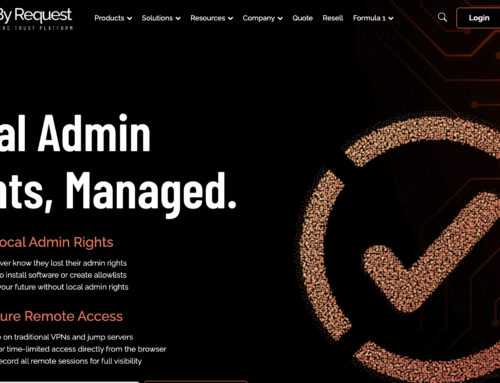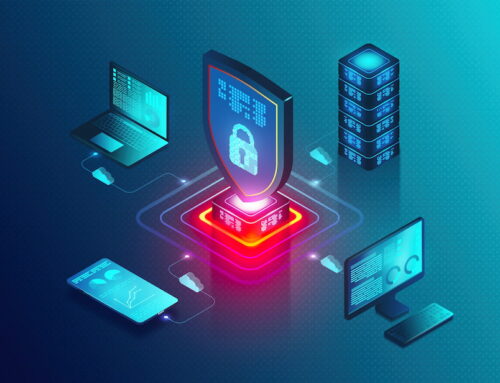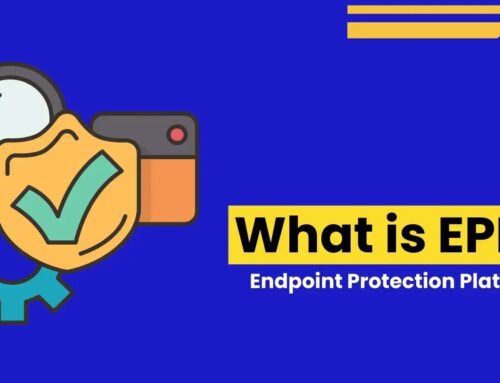Endpoint Security: Detection and Prevention
Endpoint Detection and Response (EDR) and Endpoint Prevention are critical components of modern cybersecurity strategies. They focus on protecting endpoints, which are individual devices like computers, laptops, smartphones, and servers, from various cyber threats.
Let’s explore the both concepts
Endpoint Detection and Response (EDR):
EDR refers to a set of tools and technologies designed to monitor, detect, investigate, and respond to suspicious or malicious activities on endpoints. EDR solutions provide real-time visibility into endpoint activities and behaviors, helping security teams identify potential threats and respond quickly.
Key Features of EDR:
- Continuous Monitoring: EDR solutions continuously monitor endpoints for unusual activities, anomalies, and potential indicators of compromise.
- Threat Detection: EDR tools use advanced analytics, behavior analysis, and machine learning to identify known and unknown threats, including malware, fileless attacks, and insider threats.
- Incident Response: EDR assists security teams in investigating and responding to security incidents by providing detailed data on the timeline of events, affected endpoints, and the scope of the breach.
- Forensics and Analysis: EDR solutions allow for in-depth forensic analysis of endpoints, enabling security teams to reconstruct attack scenarios and understand the extent of the damage.
- Isolation and Quarantine: EDR can isolate compromised endpoints from the network to prevent further spread of threats and to contain the breach.
- Automated Remediation: Some EDR tools offer automated response capabilities, allowing security teams to automatically mitigate threats based on predefined policies.
- User and Entity Behavior Analytics (UEBA): EDR solutions may include UEBA functionality, which helps detect anomalous user and system behavior that could indicate a breach.
Endpoint Prevention:
Endpoint prevention involves implementing measures and security controls to proactively stop cyber threats from compromising endpoints. The goal is to prevent unauthorized access, malware infections, and other security incidents.
Key Features:
- Antivirus and Anti-Malware: Deploying strong antivirus and anti-malware software to scan for and block known malicious files and activities.
- Firewalls: Setting up firewalls on endpoints to filter incoming and outgoing network traffic and block unauthorized access.
- Application Whitelisting and Blacklisting: Allowing only approved applications to run (whitelisting) and preventing known malicious applications from executing (blacklisting).
- Patch and Vulnerability Management: Ensuring that endpoints are regularly updated with the latest security patches and updates to fix known vulnerabilities.
- Device Control: Implementing policies to control and manage external devices (USB drives, external hard drives) connected to endpoints.
- Data Encryption: Encrypting sensitive data on endpoints to protect it from unauthorized access in case of a breach or theft.
- Secure Configuration: Configuring endpoints with security best practices, disabling unnecessary services, and enforcing strong authentication measures.
- Security Awareness Training: Educating users about safe browsing practices, email security, and how to recognize potential threats.





